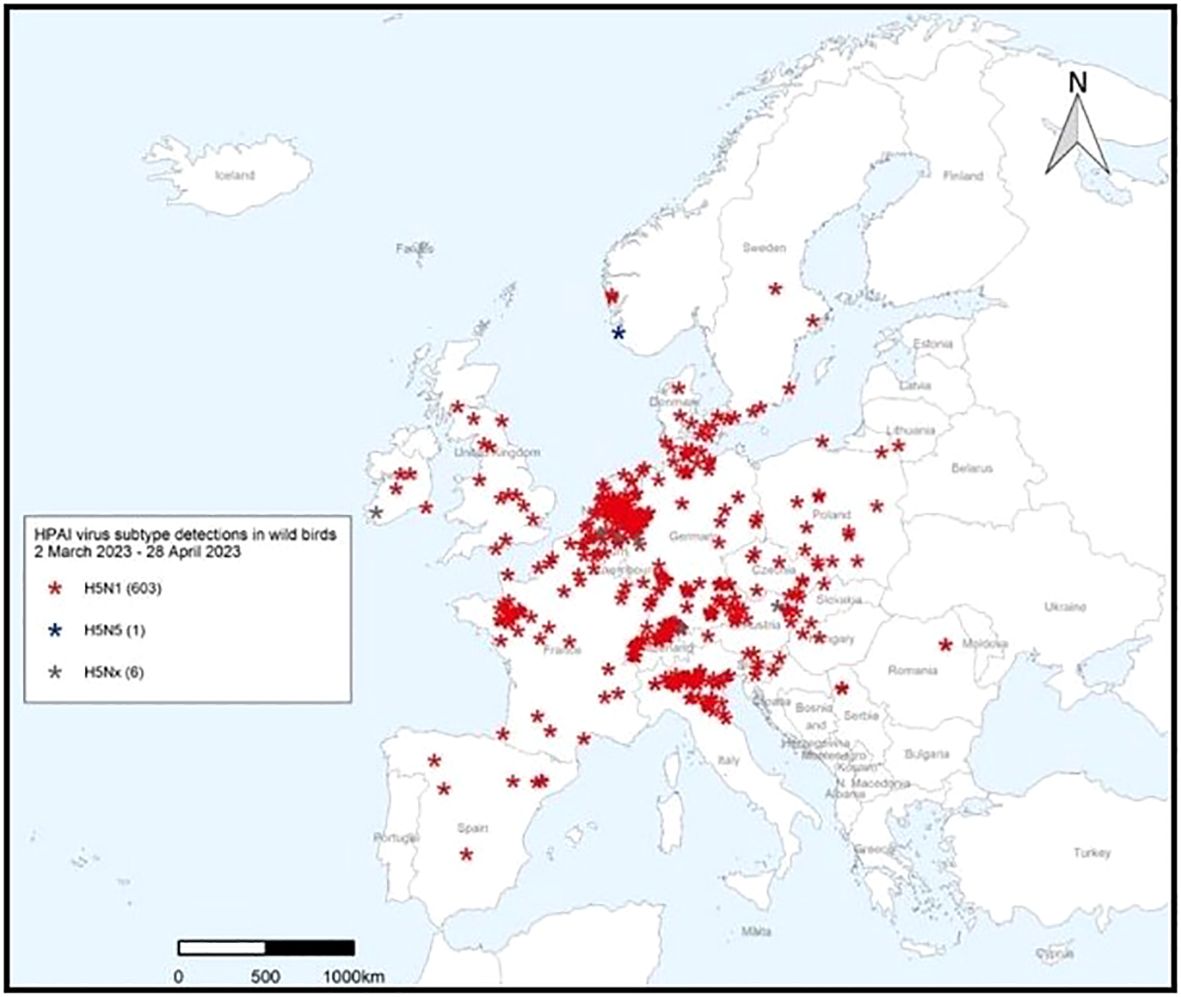
**One Year After the Devastating H5N1 Attack: Elephant Seals in Argentina Confront an Uncertain Tomorrow**
In the rugged coastal region of Península Valdés, Argentina, a familiar sound has returned but at a significant price — the eerie calls of elephant seals resonate along the shores. These shores used to host vibrant breeding sites for countless elephant seals, but a catastrophic H5N1 avian influenza outbreak swept through their populations last year, leaving an alarming void in its aftermath. More than 17,000 elephant seals — including many newborn pups — succumbed to this lethal virus, and now, a year later, only a small portion of the population has returned to their nurturing habitats.
A recent study published in *Nature Communications* (November 11, 2024) indicates that the H5N1 variant from that outbreak extended beyond birds. It infiltrated uncharted territory, facilitating widespread transmission among this marine mammal species. The research additionally alarmingly detailed the first recorded incident of mammal-to-mammal transmission of H5N1, raising worries about how this flu strain is evolving and what dangers it could present for other species, including humans.
—
### A Transformed Environment
Península Valdés is famed for its rich wildlife, with elephant seals standing out as one of its notable inhabitants. However, today, visitors to the celebrated breeding locations are confronted with an environment scarred by turmoil.
“While it’s comforting to hear the elephant seals again, it’s concerning. Their numbers are still dramatically low, and we’re constantly reminded of the devastation — carcasses, bones, skeletal remains that have yet to be cleared away,” comments Marcela Uhart, director of the Latin America Program at the UC Davis Karen C. Drayer Wildlife Health Center.
The harsh reality is that seal colonies have been decimated. Much fewer harems — clusters of females and their pups surrounding a dominant male — are visible, leading to only a third of the anticipated population returning to this vital breeding area.
—
### An Unprecedented Crisis
The 2022 H5N1 outbreak is not only one of the most lethal events in recent history for Argentina’s elephant seals but also marked a significant shift of the virus toward a new host — marine mammals. As reported in *Nature Communications*, approximately 97% of seal pups fell victim to the virus, along with considerable losses among adult seals.
The virus disseminated alarmingly quickly within the elephant seal community, causing a cascade of infections. Valeria Falabella, from the Wildlife Conservation Society (WCS) in Argentina, reflected: “We were appalled by the magnitude and rapidity with which this virus devastated the seals. It eliminated over half of the reproductive population. Recovering from this will require a full generation, if not more.”
These seals, known for their lengthy lifespans and slow reproduction rates, will now require decades to reach population levels comparable to those before the outbreak.
—
### A Virus Expanding Its Reach
The most unsettling insight from the research is that the H5N1 strain not only caused extensive harm among seals but also *evolved*. Once the virus transitioned from birds to marine mammals, it adapted swiftly.
Virologist Agustina Rimondi, a co-author of the study, explained that following H5N1’s arrival in South America at the end of 2022, it branched out into distinct variants — one avian and one specific to marine mammals. “What we are observing,” Rimondi stated, “are mutations within the marine mammal clade [a group of organisms sharing a common ancestor]. These adaptations indicate that the virus is learning to efficiently exploit new hosts such as elephant seals.”
This poses significant risks not only for the elephant seal population but also for the ecosystem as a whole. If H5N1 can adapt and spread efficiently within one mammal species, it raises concerns that it could infect others, potentially extending to additional marine mammals and even terrestrial mammals, including humans.
—
### The Path Forward
A year later, the aftermath of the outbreak is still underway. Although there have been no instances of elephant seals testing positive for H5N1 this breeding season, the population remains delicate. Key figures — especially male seals and seasoned breeding females — have not returned, likely due to last year’s substantial mortality rate.
Scientists are now judiciously observing how this new colony develops. One pressing question remains unanswered: did some survivors gain sufficient immunity to enhance the resilience prospects of the next generation? Research efforts will persist in studying how the virus spreads, including any potential persistent threats or shifts in the population dynamics.
The broader implications of H5N1’s capability to traverse species barriers remain a top concern for researchers. With indications of viral adaptability, health officials around the globe are monitoring the situation closely.